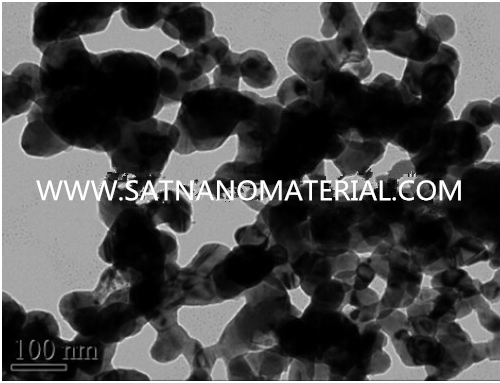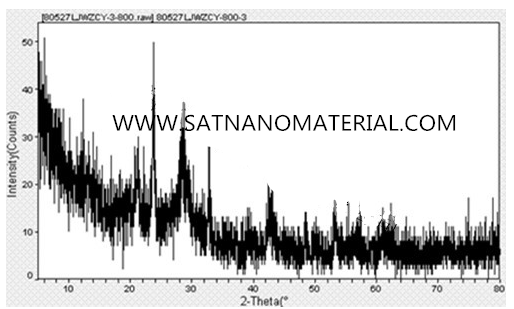Specification of Bismuth Trioxide nanoparticle:
|
Part No.
|
Particle
|
Purity
(%)
|
SSA
(m2/g)
|
Bulk density
(g/cm3)
|
Density
(g/cm3)
|
Crystal
|
Color
|
|
OP83B08C-50N
|
50nm
|
99.9
|
25
|
0.76
|
8.9
|
Spherical
|
Yellow
|
|
OP83B08C-50N
|
100nm
|
99.9
|
6.3
|
0.92
|
8.9
|
Spherical
|
Yellow
|
OP83B08C-50N
|
1-3um
|
99.9
|
3.1
|
1.43
|
8.9
|
Spherical
|
Yellow
|
Note: We can supply different size products of Bismuth Trioxide nanoparticle according to client's requirements.
The product has high purity, small particle size, uniform distribution, large specific surface area, high surface activity, low bulk density, insoluble in water, and soluble in strong acid to form yttrium salt.
Application of Bismuth Trioxide nanoparticle:
For the preparation of barium salts; for electronic ceramic powder materials, electrolyte materials, photoelectric materials, high temperature superconducting materials, catalysts. As an important additive in electronic ceramic powder materials, yttrium oxide is mainly applied to three categories of zinc oxide varistors, ceramic capacitors, and ferrite magnetic materials, as well as glaze rubber compounding agents, medicines, and red glass compounding agents.
Also used in chemical industry (such as chemical reagents, barium salt manufacturing, etc.), glass industry (mainly for coloring), electronic industry (electronic ceramics, etc.). Among them, the electronics industry is the most widely used industry for antimony oxide, and is mainly used in the fields of varistors, thermistors, oxide arresters, and picture tubes.
SEM & XRD of Bismuth Trioxide nanoparticle:


Storage conditions:
Bismuth Trioxide nanoparticle should be sealed and stored in a dry and cool environment. It should not be exposed to the air for a long time, to prevent agglomeration due to moisture, affecting the dispersion performance and use effect, and should avoid heavy pressure, do not contact with oxidant, and transport according to ordinary goods.